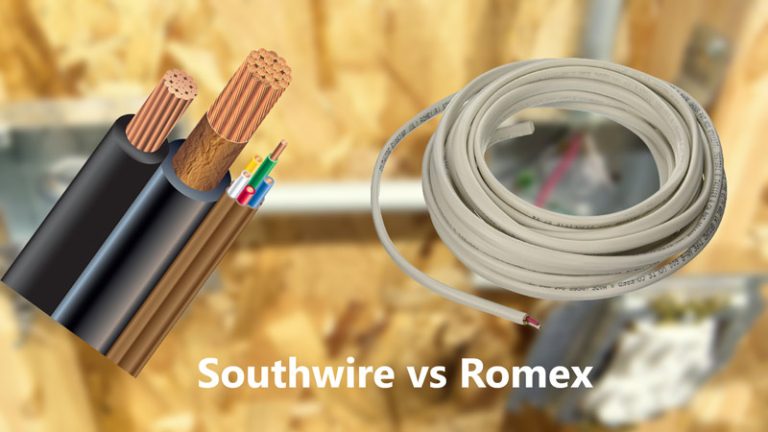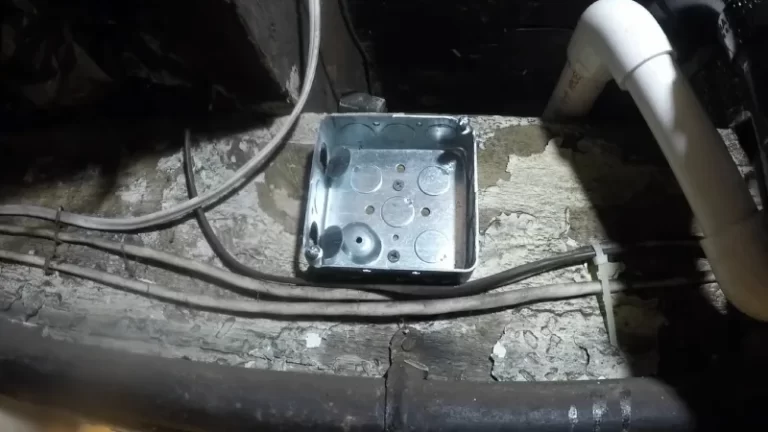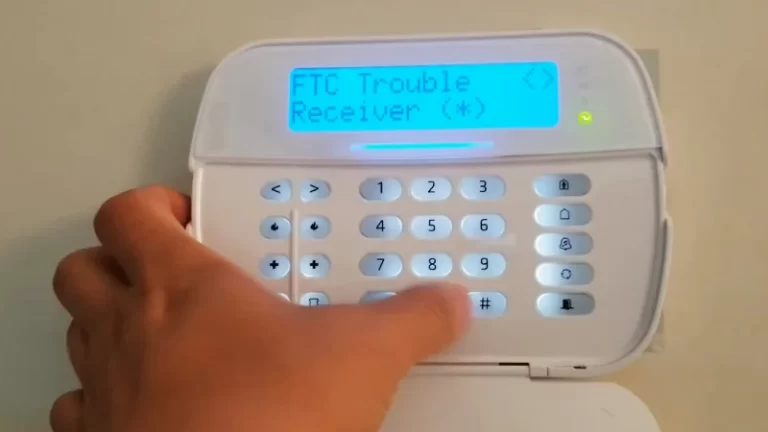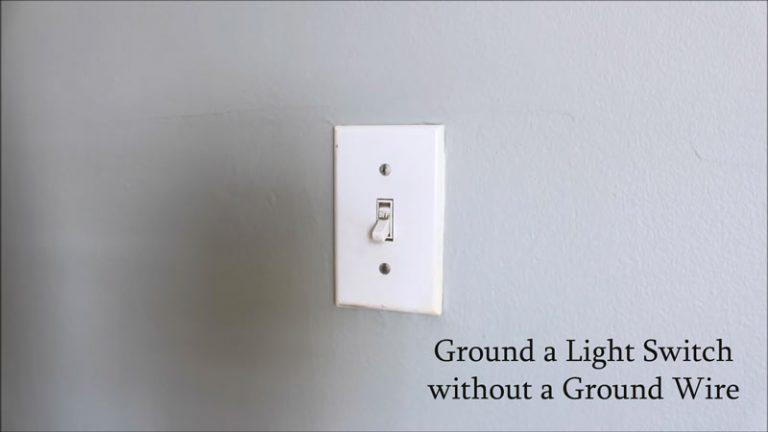How to Open Floor Outlet Cover

There are several reasons you might need to open a floor outlet cover. For example, you might need to access the outlet to plug in a device, or you might need to perform maintenance or repairs on the outlet or wiring behind it.
Electrical outlets can be dangerous if handled improperly, as they can cause electrical shocks or fires. It is important to exercise caution when working with electrical outlets and to follow proper safety procedures to protect yourself and others.
This might include turning off the circuit breaker for the outlet, using protective gear, and seeking the assistance of a professional electrician if you are not comfortable or experienced in electrical work.
You'll Learn About
Tools Needed
To open a floor outlet cover, you will need the following tools:
- Screwdriver: You will need a screwdriver to loosen and remove the screws that hold the cover in place. Make sure you have a screwdriver that is the appropriate size and type for the screws you will be working with.
- Penetrating oil (optional): If the screws are stuck or difficult to turn, you may want to use penetrating oil, such as WD-40, to help loosen them.
- Protective gear (optional): If you are concerned about the risk of electrical shocks or fires, you may want to wear protective gear, such as rubber gloves and safety glasses.
It is important to have the right tools for the job to ensure that you can open the floor outlet cover safely and effectively. Using the wrong tools or attempting to open the cover without the necessary tools can lead to damage to the outlet or the cover, or can increase the risk of injury.
It is also a good idea to familiarize yourself with the electrical system in your home and to know where the circuit breaker box is located, so you can turn off the power to the outlet before attempting to open the cover. This will help to ensure your safety and the safety of others while you are working at the outlet.
Preparation
Preparation includes gathering the necessary tools and materials and making sure that the area is safe to work in.
Locate the outlet cover and identify the screws
To open a floor outlet cover, you will need to locate it on the floor and identify the screws that hold it in place. These screws are typically located along the edges of the cover and can be removed using a screwdriver.
Turn off the circuit breaker for the outlet
Before working on an electrical outlet, it is important to turn off the circuit breaker for the outlet to ensure that it is not live. This will prevent the risk of electrical shocks or fires while you are working on the outlet. To turn off the circuit breaker, locate the breaker box and find the switch for the appropriate circuit. Flip the switch to the “off” position to deactivate the circuit.
Removing the cover
Once you have located the outlet cover and identified the screws, the next step in opening the cover is to remove it.
Use a screwdriver to loosen the screws
To remove the screws, you will need to use a screwdriver to loosen them. Place the screwdriver into the head of the screw and turn it counterclockwise to loosen it. Repeat this process for all of the screws holding the cover in place.
Carefully remove the cover
Once all of the screws are loosened, you can carefully remove the cover. Grasp the cover by the edges and lift it up and away from the outlet. Be careful not to damage the cover or the outlet as you remove it.
It is important to be gentle when removing the cover, as you do not want to accidentally damage the outlet or the wiring behind it. If the cover is stuck or difficult to remove, you may need to use a little more force, but be careful not to apply too much pressure or force, as this could damage the outlet or the cover.
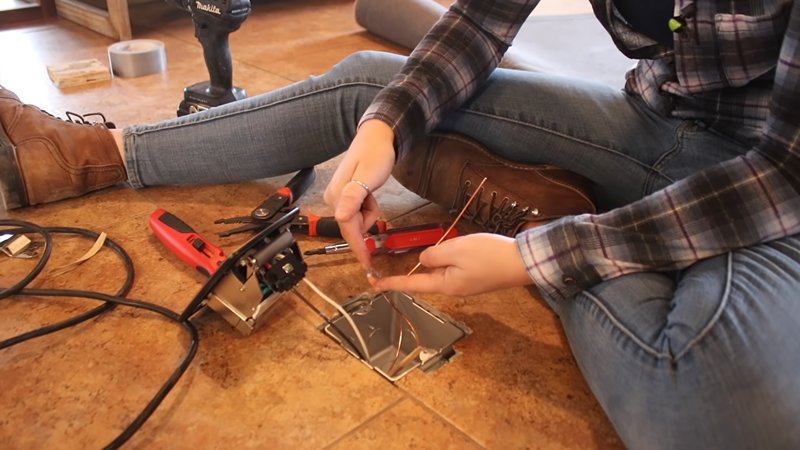
Accessing the outlet and wiring
Once the cover has been removed, you will be able to access the outlet and the wiring behind it.
What you might find behind the cover
Behind the cover, you might find the outlet itself, as well as the wiring that connects it to the electrical system in your home. Depending on the type of outlet, you might also find a dust cover or other protective cover. If you are performing maintenance or repairs on the outlet, you will need to remove these covers to access the wiring and other components of the outlet.
It is important to be aware that the wiring behind an outlet can be live, even if the circuit breaker is turned off. Be careful not to touch any exposed wires or other components while working on the outlet, and follow proper safety procedures to avoid the risk of electrical shocks or fires.
If you are not comfortable or experienced in electrical work, it is best to seek the assistance of a professional electrician.
Troubleshooting
If you are having difficulty removing the cover for your floor outlet, one thing you can try is applying penetrating oil, such as WD-40, to the screws. This can help to loosen any rust or corrosion that may be preventing the screws from turning easily.
Use Penetrating Oil
To use the penetrating oil, simply spray it onto the screws and let it sit for a few minutes to allow it to penetrate and loosen the screws. Then, try using a screwdriver to turn the screws again. You may find that the screws turn more easily after applying the penetrating oil.
Loosen the screws by force
If the cover is still difficult to remove, you may need to use a little more force to loosen the screws. However, be careful not to apply too much pressure or force, as this could damage the outlet or the cover. If you are not comfortable or experienced in electrical work, it is best to seek the assistance of a professional electrician.
Finishing Touches
Once you have finished working on the outlet, it is important to replace the cover and secure it in place with the screws. This will help to protect the outlet and the wiring behind it, and will also help to prevent accidents or injuries.
Replace the cover and secure it in place with the screws
To replace the cover, simply hold it over the outlet and align the screw holes with the holes in the outlet. Then, insert the screws and use a screwdriver to tighten them. Be sure to tighten the screws evenly and securely, but be careful not to overtighten them, as this can strip the holes in the cover or outlet.
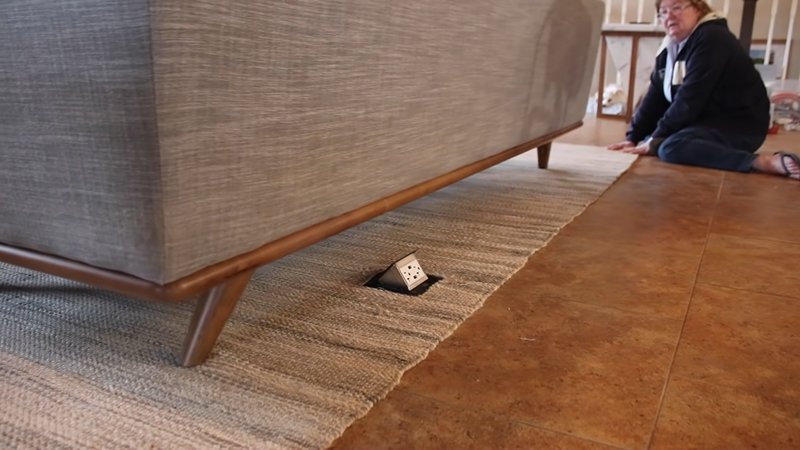
Once the cover is securely in place, you can turn the circuit breaker back on and test the outlet to ensure that it is working properly. If you notice any issues with the outlet or the wiring, or if you are unsure about anything, it is best to seek the assistance of a professional electrician.
How do you take off baby proof outlet covers?
To remove baby-proof outlet covers, you will need:
- A flat object, such as a butter knife or flathead screwdriver.
- Follow these steps:
Step 1: Locate the outlet cover that you want to remove.
Step 2: Look for the small tabs on the sides of the outlet cover. These are usually located near the top and bottom of the cover.
Step 3: Insert the flat object into the small tab on one side of the outlet cover. Gently push the object in until you feel it push against the outlet cover.
Step 4: Hold onto the flat object with one hand and gently pull the outlet cover away from the outlet with the other hand.
Step 5: Repeat this process on the other side of the outlet cover.
Step 6: Once both sides of the outlet cover are free, gently pull the outlet cover away from the outlet.
Step 7: The outlet cover should now be removed.
Step 8: If the outlet cover is difficult to remove, you may need to use more force or try a different flat object, such as a pair of pliers or a small screwdriver. Be careful not to damage the outlet or outlet cover while attempting to remove it.
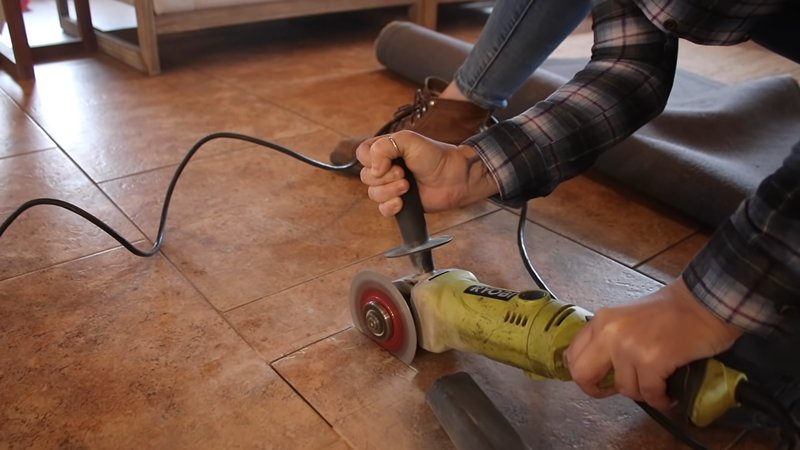
FAQs
Here are some frequently asked questions about opening a floor outlet cover:
- How do I know if the outlet is live?
To determine if an outlet is live, you can use a circuit tester or a voltage detector. These tools are designed to detect the presence of electricity in a circuit and can help you determine whether or not an outlet is live.
- Can I open the outlet cover if I don’t have a screwdriver?
It is not recommended to open the outlet cover without a screwdriver, as the screws are typically tightened in place and may be difficult to remove without the proper tool. If you do not have a screwdriver, you may be able to borrow or purchase one from a hardware store or borrow one from a friend or neighbor.
- What if the screws are stuck or difficult to remove?
If the screws are stuck or difficult to remove, you can try applying penetrating oil, such as WD-40, to the screws to help loosen them. You may also be able to use a little more force to turn the screws, but be careful not to apply too much pressure or force, as this could damage the outlet or the cover. If you are still having trouble, it may be best to seek the assistance of a professional electrician.
- Is it safe to open the outlet cover if I am not experienced in electrical work?
It is generally not recommended to open the outlet cover if you are not comfortable or experienced in electrical work. Electrical outlets can be dangerous if handled improperly, and attempting to work on them without the necessary knowledge and skills can increase the risk of injury or damage. If you are not comfortable or experienced in electrical work, it is best to seek the assistance of a professional electrician.
- What should I do if I encounter a problem while trying to open the outlet cover?
If you encounter a problem while trying to open the outlet cover, such as difficulty removing the screws or accessing the outlet, it is important to stop what you are doing and seek the assistance of a professional electrician. Attempting to continue working on the outlet or wiring without the necessary knowledge and skills can increase the risk of injury or damage.
Always need to be cautioned while splicing with electrical wires.
Conclusion
Outlet covers can be easily removed by inserting a flat object into the small tabs on the sides of the cover and gently pulling the cover away from the outlet. It is important to be careful and use the appropriate tools to avoid damaging the outlet or outlet cover while removing it.
It is also important to ensure that the outlet is not in use before attempting to remove the cover. Once the cover is removed, it can be replaced with a standard outlet cover or left uncovered as desired.

